Nocturnal Animals Reacting to Lunar Eclipse Daytime Activity Shift
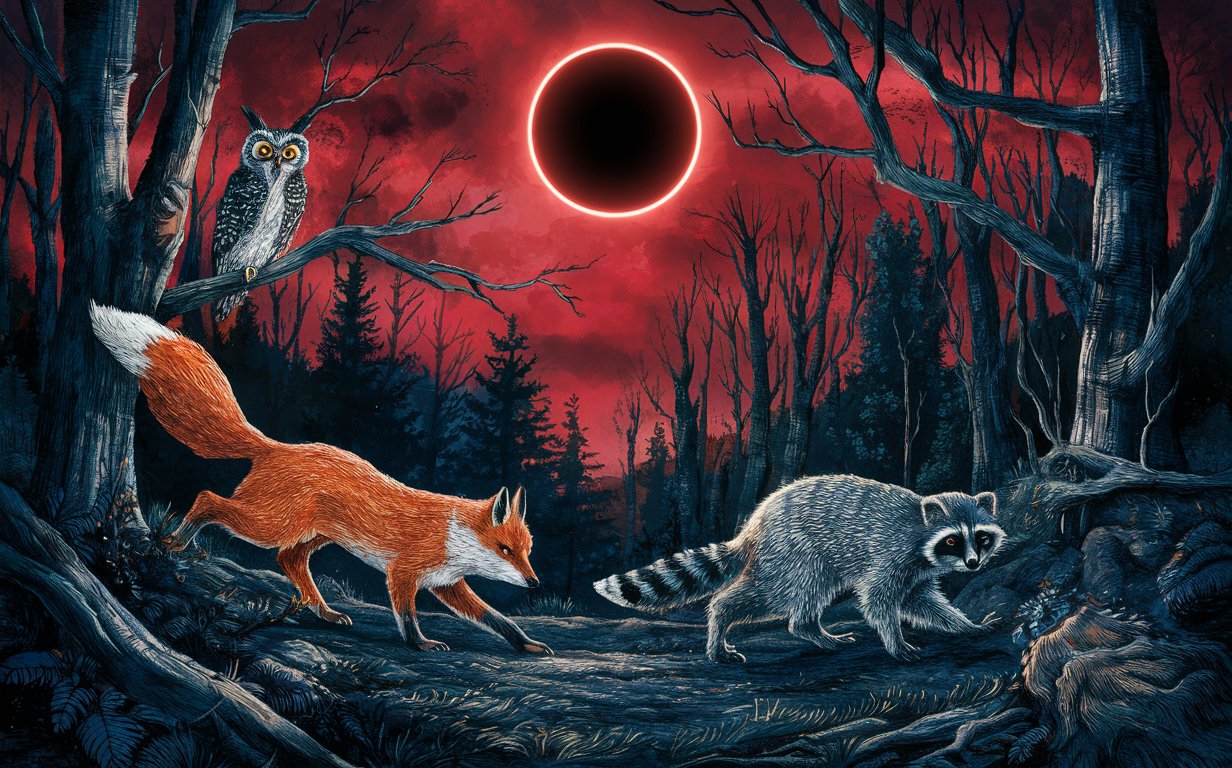
Image Prompt
Prompt
Create an image showing the impact of lunar eclipses on wildlife behavior, such as nocturnal animals becoming active during the daytime.
Model: visiCanvas
Ratio: 16:10
Related AI Images
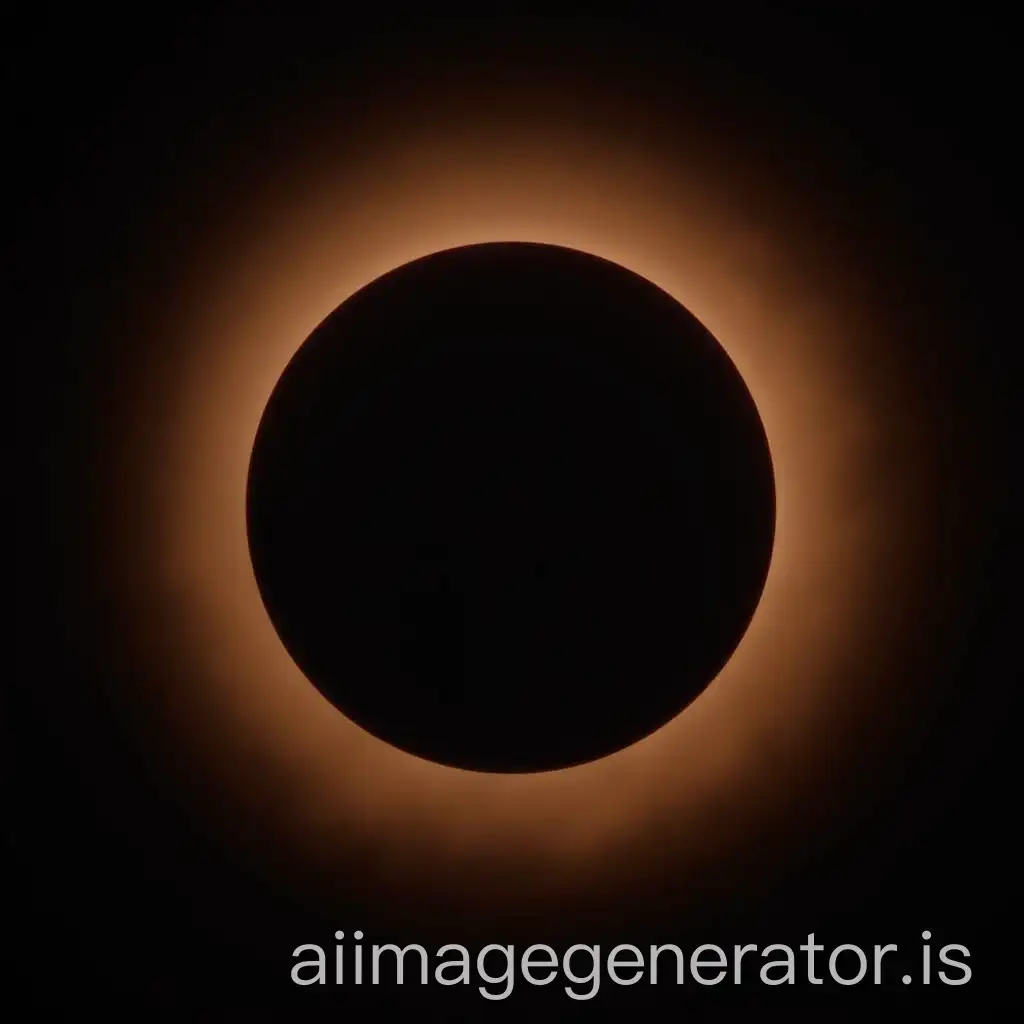
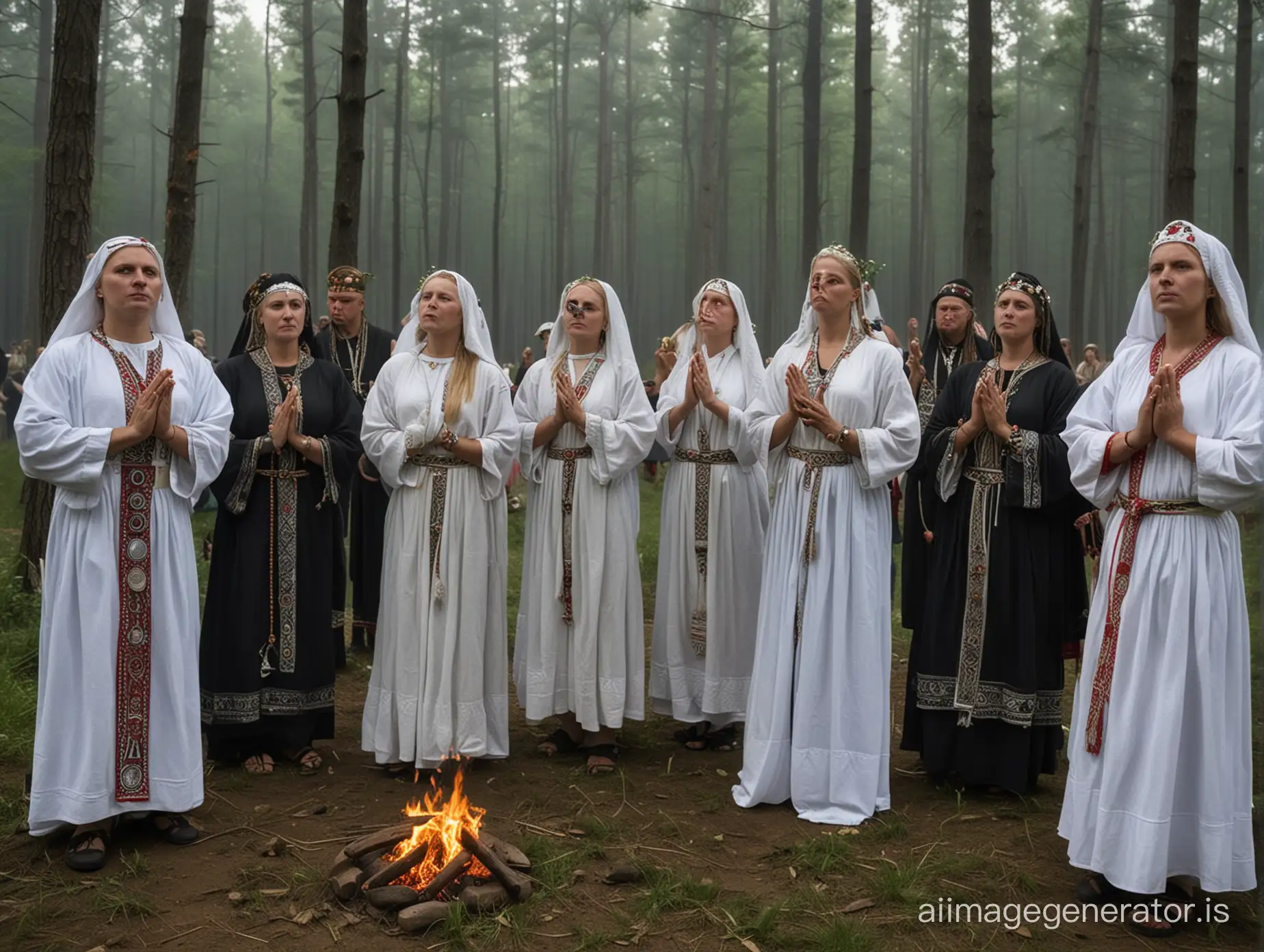


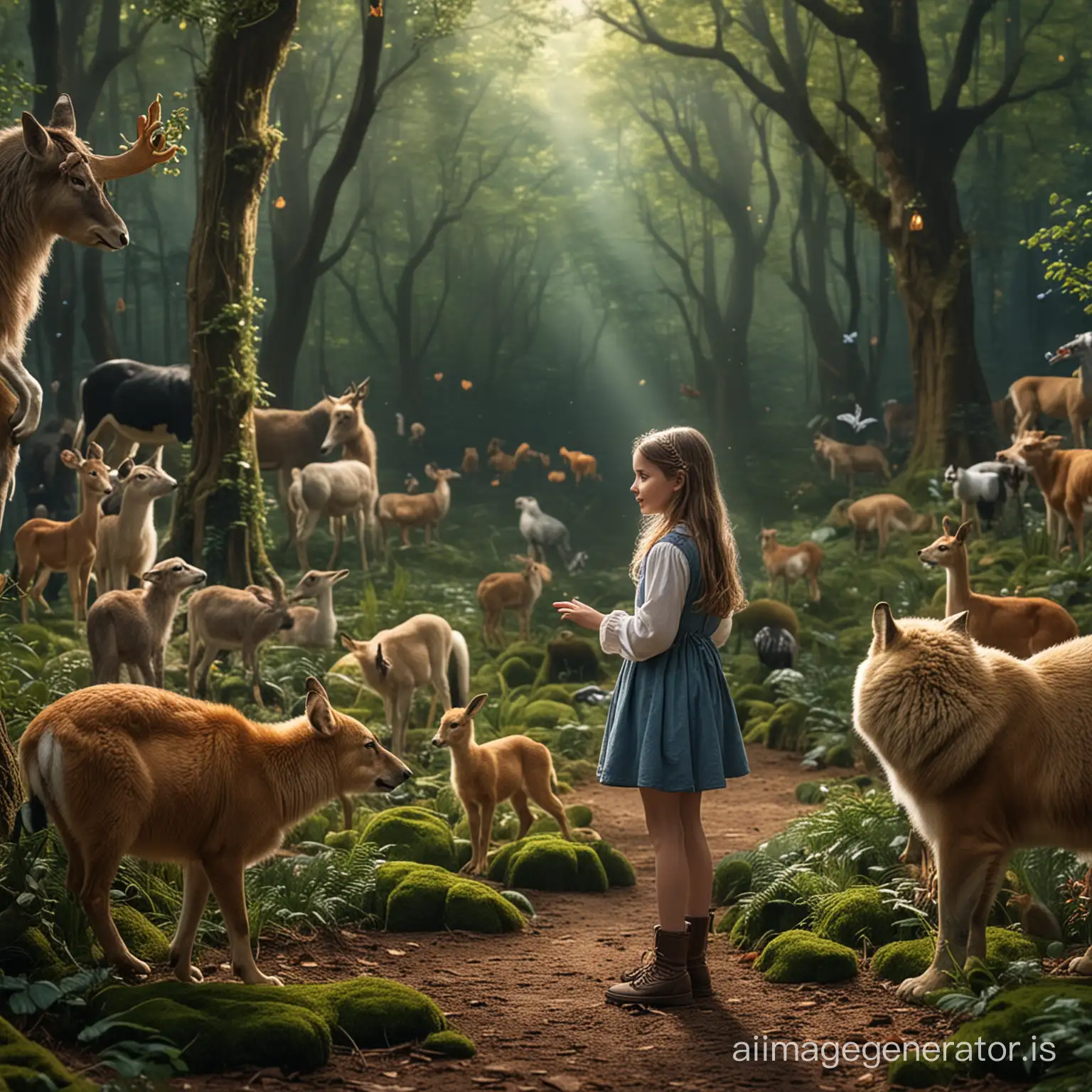

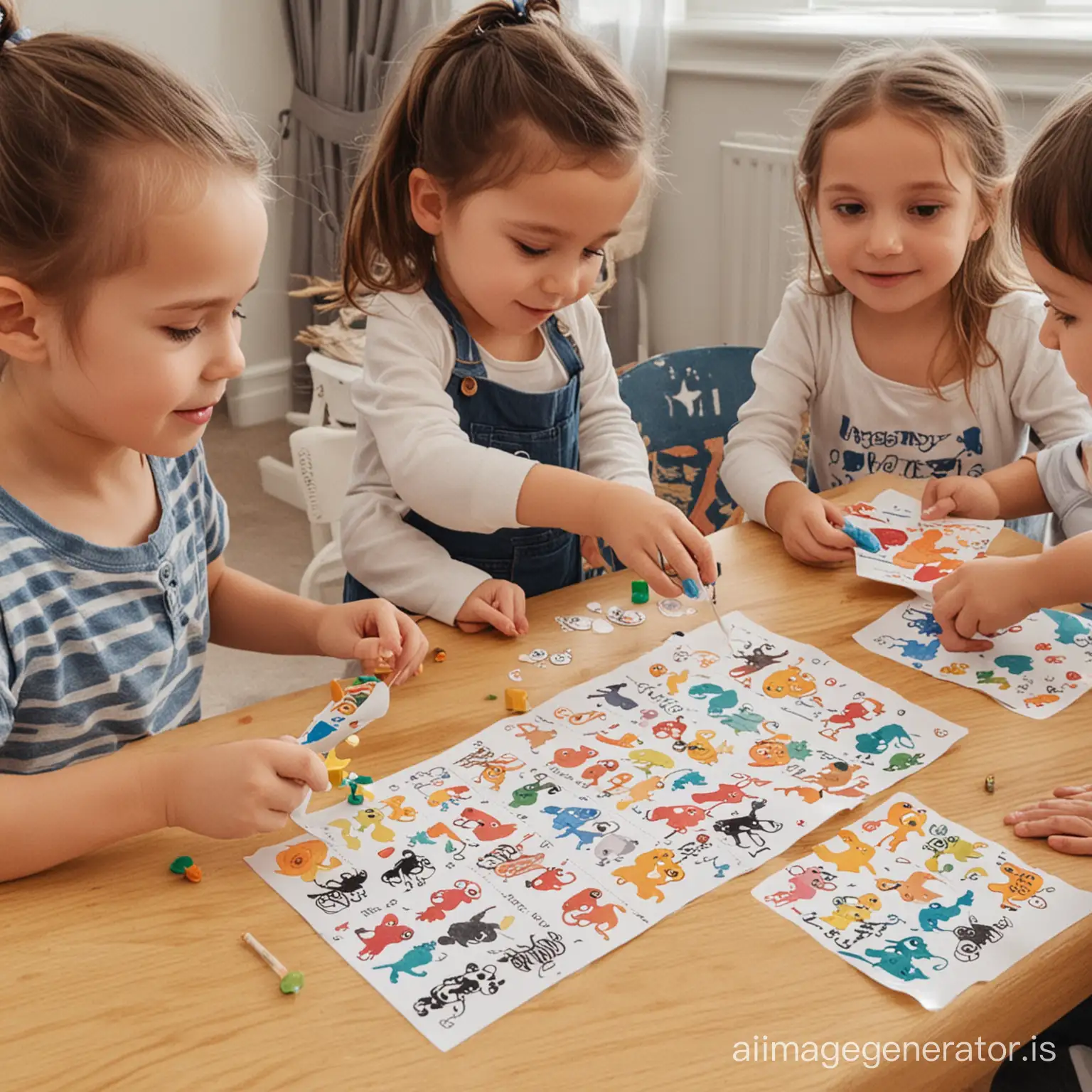

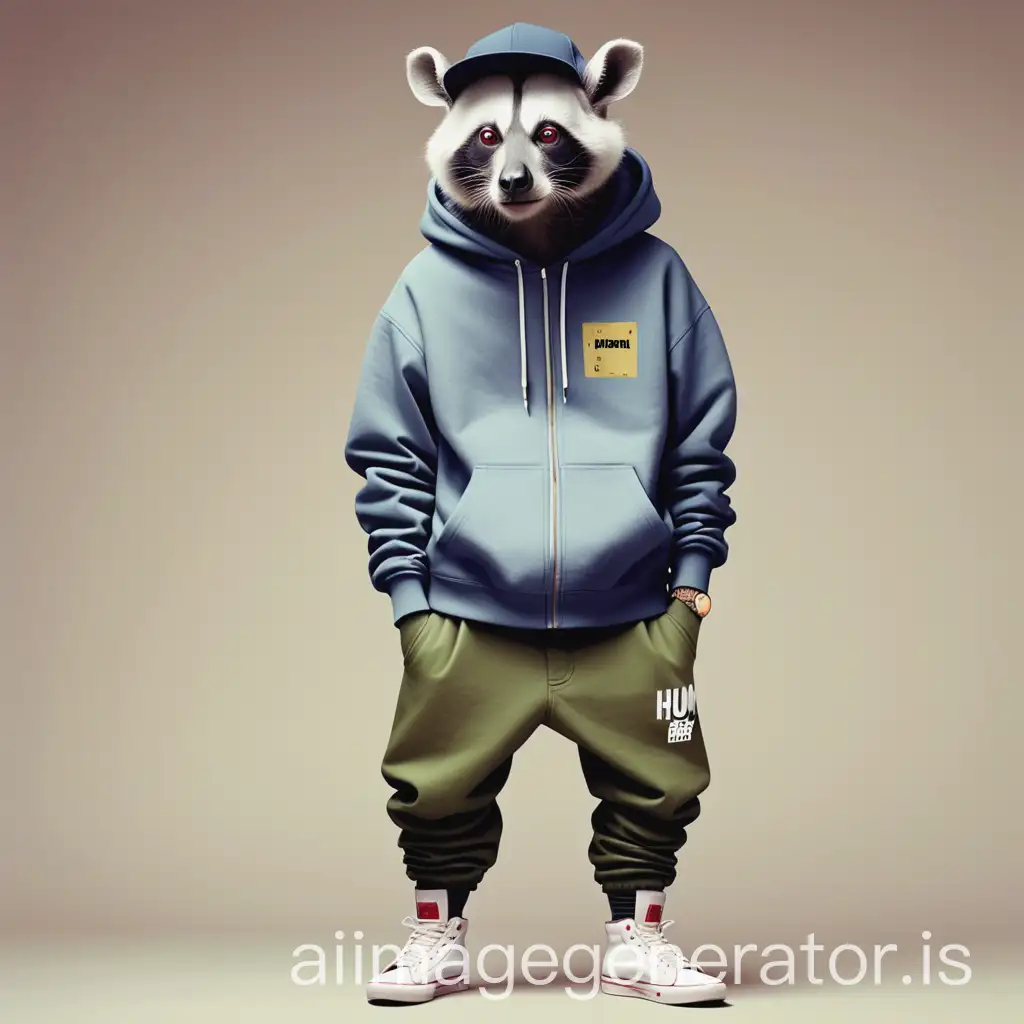
Related Tags
Prompt Analyze
- Subject: The primary focus of the image is on nocturnal animals, showcasing their behavior during a lunar eclipse. Nocturnal animals, like owls, bats, and raccoons, are depicted in the midst of their usual nocturnal activities, but in the context of a lunar eclipse, they're shown adjusting their behavior to the daytime. Setting: The setting of the image could be a forest or a natural habitat where these nocturnal animals reside. The moon, partially or fully eclipsed, hangs prominently in the sky, casting an eerie yet captivating glow over the surroundings. The scene conveys a sense of mystery and wonder. Background: The background could feature elements of the nighttime environment transitioning into the daytime. This could include details such as the changing colors of the sky, the emergence of early morning light, and the silhouettes of trees against the lunar-lit backdrop. Style/Coloring: The image could be rendered in a realistic style, with attention to detail in portraying the textures of fur, feathers, and foliage. The coloring might emphasize the contrast between the dimly illuminated landscape and the eerie, otherworldly glow of the eclipsed moon. Action: The nocturnal animals could be depicted engaging in various activities typically associated with their nighttime behavior, such as hunting, foraging, or social interactions. However, the twist comes from their adaptation to the unusual daytime setting brought about by the lunar eclipse. Items: Additional elements in the image could include celestial bodies like stars or planets, further enhancing the cosmic atmosphere. The image might also feature subtle visual cues indicating the passage of time, such as the position of the sun beginning to rise on the horizon. Costume/Appearance: The animals are portrayed in their natural state, with attention to accuracy in their physical appearance and behaviors. The depiction could highlight the animals' adaptations for nocturnal living, such as keen senses and camouflage. Accessories: While the focus is primarily on the animals and the lunar eclipse, the image could include environmental details like fallen leaves, rocks, or branches, adding depth and context to the scene.